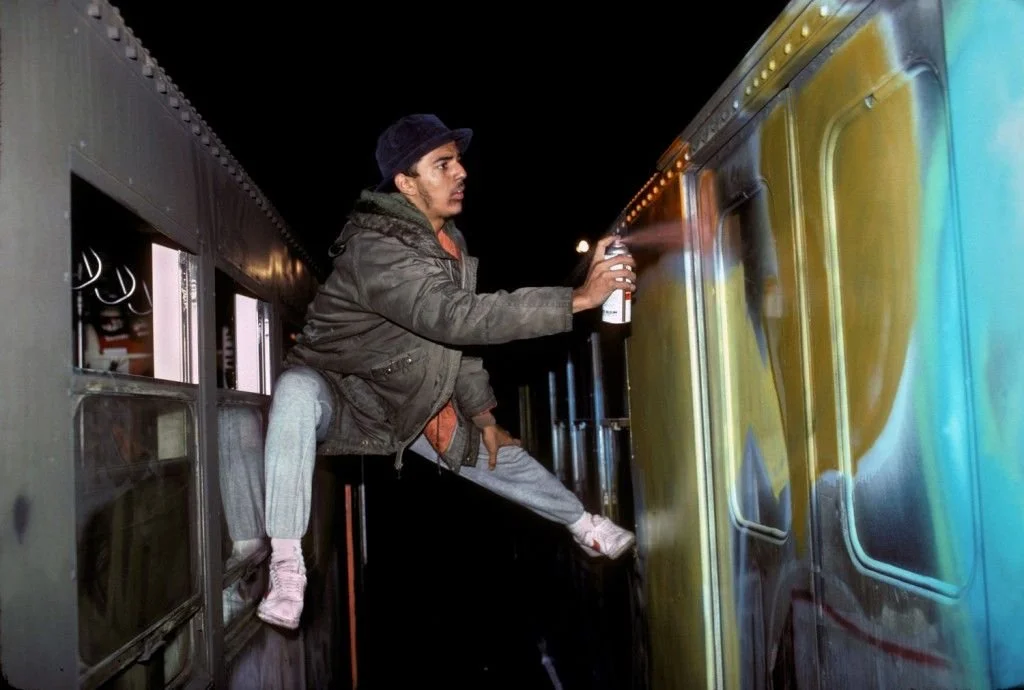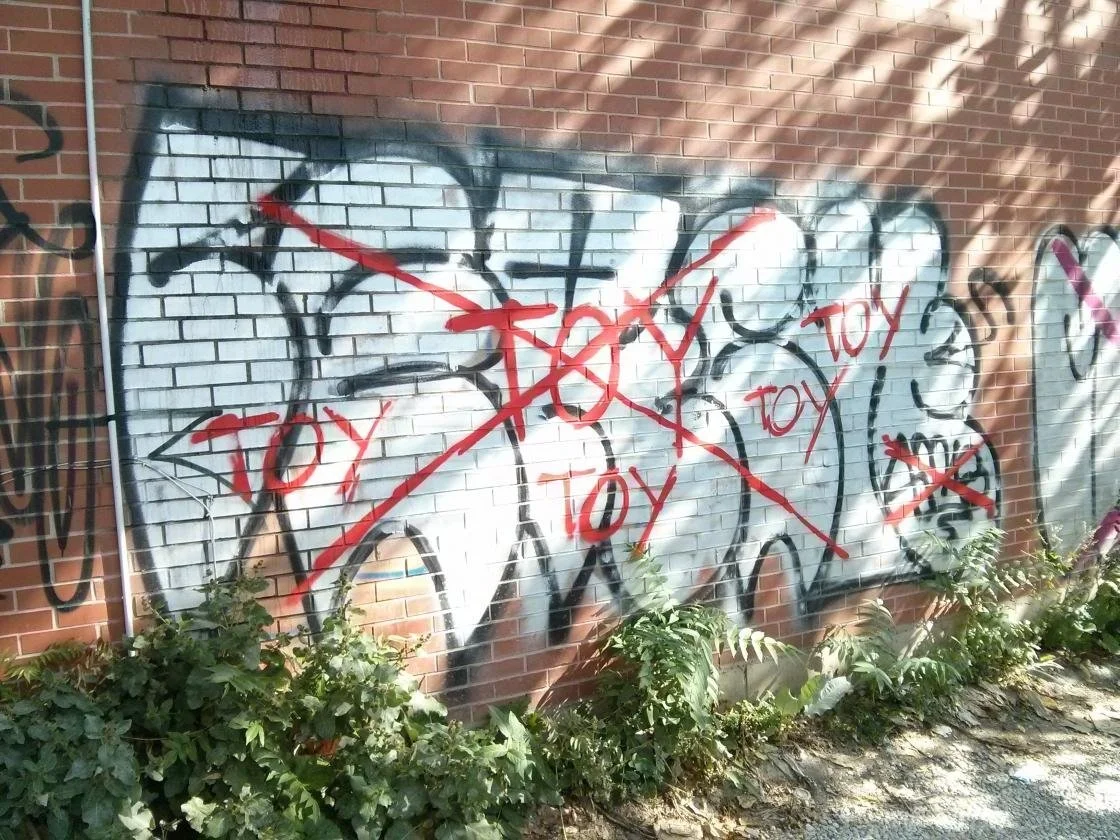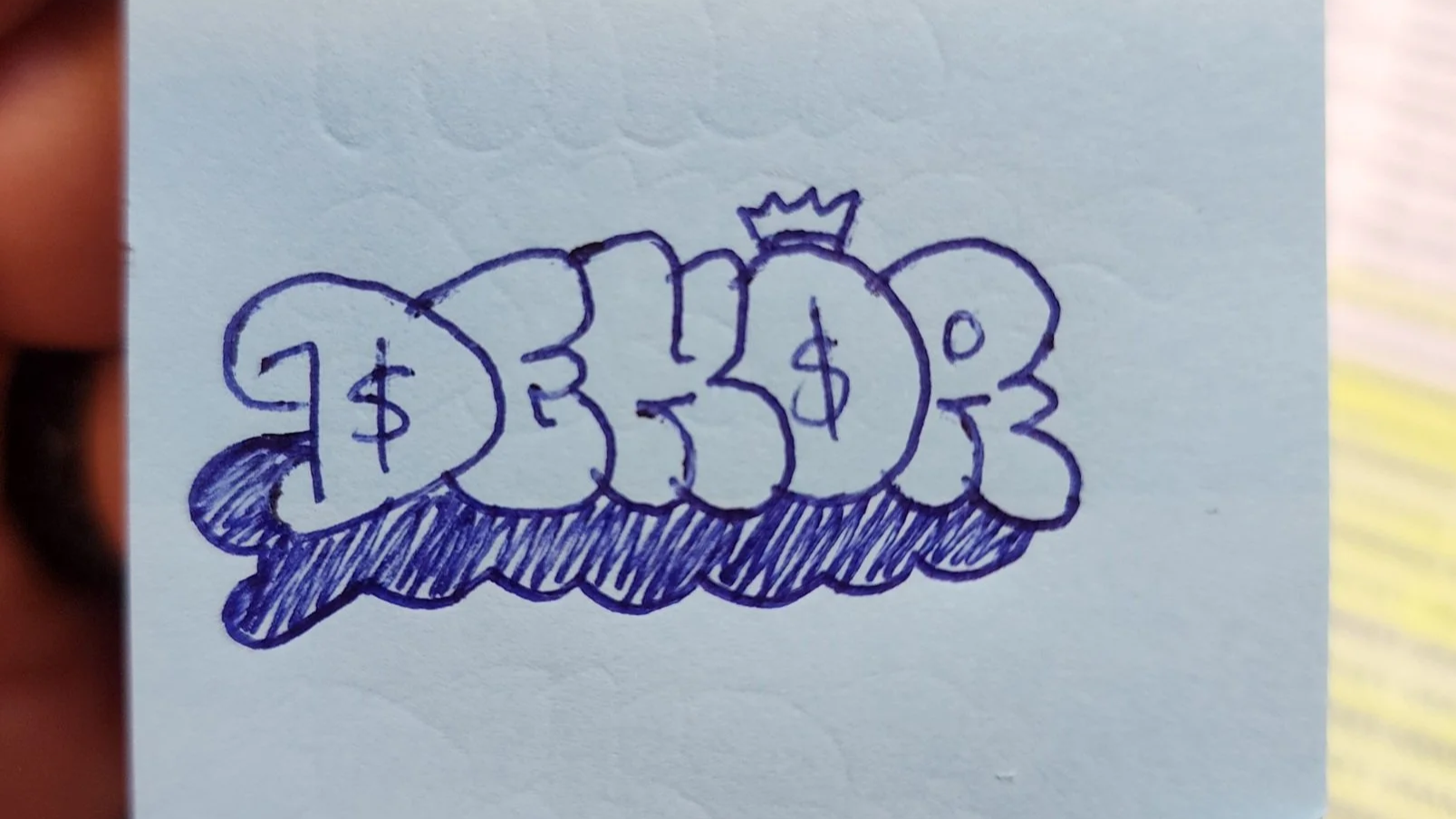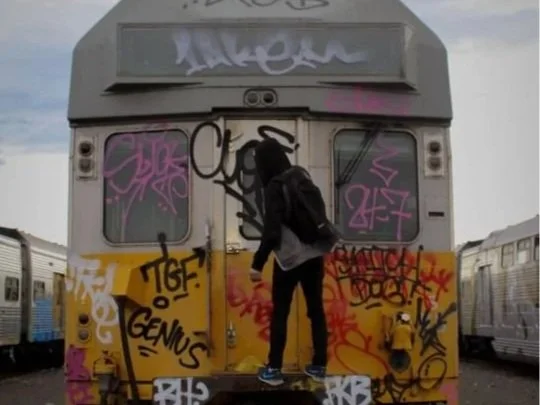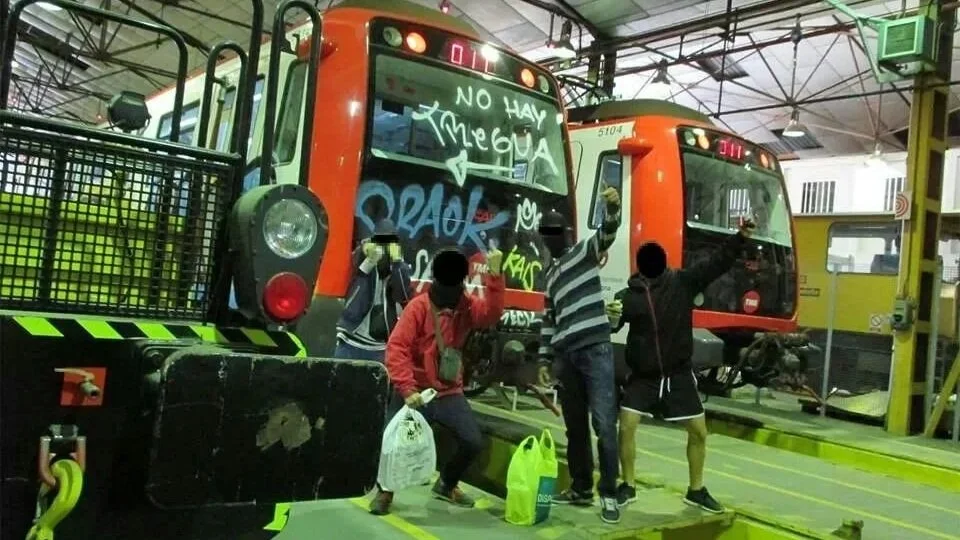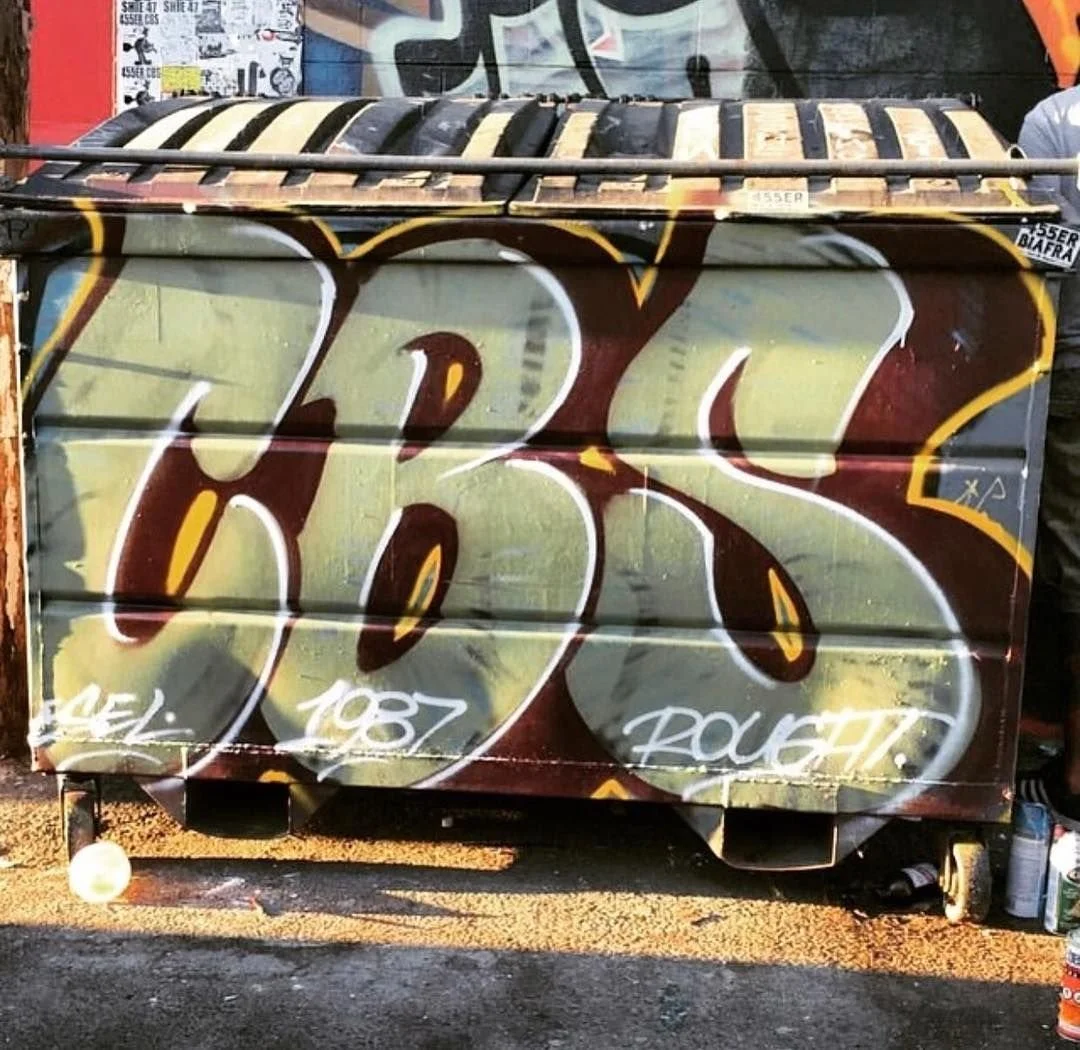5 Things I Wish I Knew When Starting Graffiti!
Getting into graffiti can be exciting, intimidating, and even a little confusing. There’s so much to learn, from letter structure to graffiti culture, that it’s easy to make mistakes early on. After years of experience, here are five graffiti tips I wish I knew when I first started painting. Whether you’re a beginner just picking up a marker or an artist trying to improve your pieces, these lessons will save you time, frustration, and a lot of bad habits.
1. Don’t Make Graffiti the Center of Your Life
When you first discover graffiti, it’s easy to get obsessed. You spend every spare minute sketching in your black book, planning your next wall, or studying styles online. But making graffiti the center of your life can lead to burnout, or worse. Many new writers are younger, and getting obsessed with graffiti can easily cause grades can slip, relationships can fall apart, and risky decisions can turn serious fast. Graffiti should add to your life, not take it over. Balance is key if you want to stay in the game long-term. The best graffiti artists are the ones who’ve learned to juggle their art with the rest of their lives.
2. Graffiti Beef Isn’t That Serious
When you’re new, getting gone over feels personal. Someone tags on top of your throwie, and suddenly it’s war. But here’s the truth: graffiti beef is rarely that serious, especially when you’re a toy just starting out. Getting covered is part of paying your dues, and sure, you can try and take your spot back, but getting your spots taken is part of being a toy. The real writers don’t waste time on every little beef with toys; they focus on improving their work and getting up. Even in competitive graffiti scenes, the best revenge is progress. If you’re painting over two stop signs in a small town, you don’t need beef, you need better fundamentals.
3. You Don’t Have Style Yet (And That’s Okay)
This one’s hard to hear, but when you’re new, you don’t have style yet. Style isn’t something you can copy, it’s something that comes from mastering fundamentals. You can’t skip the basics and expect your graffiti to look good just because the fill-in is cool. True style comes from understanding the rules before you break them. Every graffiti artist goes through the same phase of trial and error, drawing hundreds of sketches before they click decades later, yes DECADES. Luckily, it doesn’t have to take you that long to learn. The only reason it takes most writers that long to learn is that they never actually practice the basics, and they just keep adding style to everything they do. Focus on your foundations, and your style will grow naturally from there. When you practice this way, it will take you just a few years to learn rather than decades.
4. You Don’t Need a Mentor to Learn Graffiti
Graffiti mentors have never been reliably good teachers, but their usefulness comes more so from the fact that they can show you spots, teach you the ethics of graffiti, and introduce you to others.. Today, you have something even better, the internet. Between online tutorials, graffiti books, and video lessons, everything a mentor could teach is already out there, and it’s taught in a much better, clearer way. I had the unique perspective of seeign the top people in graffiti and hanging around them all the time as a child, I got to see first hand how they mentored and their teaching skills were abysmal. Now, after teaching for 20+ years myself, i can say mentors havent become any better at teaching. That doesn’t mean mentors are useless, they can introduce you to local spots or connect you with the community. But when it comes to learning graffiti, the best mentor you can have is consistent practice and access to solid information. Tutorials, and structured guides can get you further than most mentors ever could.
5. Be Careful Who You Paint With
This is one of the most important graffiti tips that rarely gets talked about. Be careful who you paint with. Not everyone who’s into graffiti has your best interests in mind. Some people will snitch, some will steal, and others just don’t know how to stay smart when things get risky. Keep a small, trustworthy circle of people you can actually depend on, or go solo. The graffiti community is full of both incredible artists and shady characters. Knowing the difference can save you a lot of trouble.
Bonus Tip: Don’t Get Caught Up in Crews
A lot of beginners think joining a graffiti crew will instantly make them seem more legit, or give them some respect/fame. But being in a crew doesn’t make you a good artist; your work does. In graffiti, crews only matter when the people in them are close friends who paint together because they trust each other. If you want to be part of a crew, build your own with people you actually know. Otherwise, your energy is better spent improving your letters.
If you're unsure where to start or how to avoid common mistakes, check out our graffiti fundamentals book available online; it’s packed with real lessons and photos to guide your development as an artist.
Grab a digital copy here: Ultimate Graffiti Guide Book Part 1: Fundamentals


